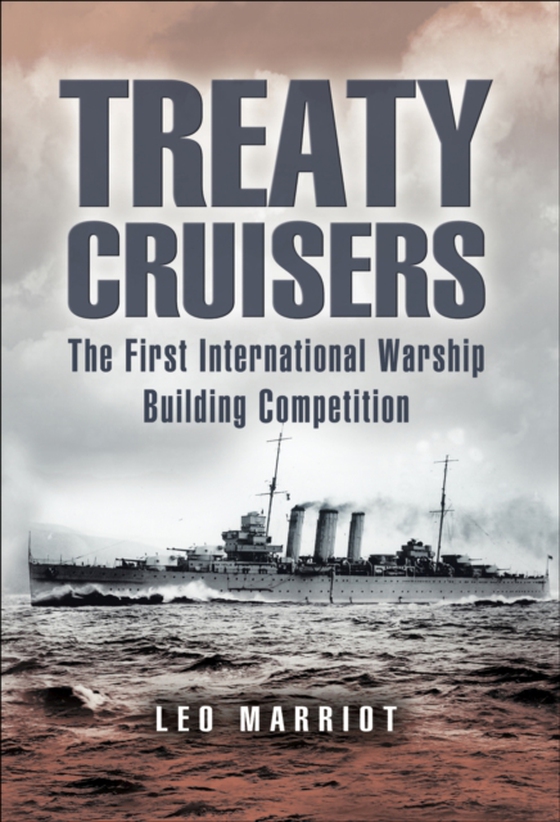
Treaty Cruisers e-bog
45,63 DKK
(inkl. moms 57,04 DKK)
“A quite enlightening book that discusses the most important group of heavy cruisers serving during WW2 and how the type evolved.” —Malcolm Wright, author of British and Commonwealth Warship Camouflage of WWII   The Washington Naval Treaty of 1921 and subsequent treaties in the 1930s effectively established the size and composition of the various navies in World War II. I...
E-bog
45,63 DKK
Forlag
Pen & Sword Maritime
Udgivet
19 november 2005
Genrer
HBW
Sprog
English
Format
epub
Beskyttelse
LCP
ISBN
9781783409761
“A quite enlightening book that discusses the most important group of heavy cruisers serving during WW2 and how the type evolved.” —Malcolm Wright, author of British and Commonwealth Warship Camouflage of WWII The Washington Naval Treaty of 1921 and subsequent treaties in the 1930s effectively established the size and composition of the various navies in World War II. In particular, they laid down design parameters and tonnage limitations for each class of warship, including battleships, aircraft carriers, cruisers, and destroyers. With one or two exceptions, battleship construction was deferred until the mid 1930s, but virtually all navies embraced the concept of the eight-inch gun-armed, 10,000-ton heavy cruisers and constructed new vessels almost immediately. This book will trace the political processes which led to the treaties, describe the heavy cruisers designed and built to the same rules by each nation, and then consider how the various classes fared in World War II and attempt to assess which was the most successful. Ships from the navies of Britain, France, Italy, Germany, the United States, and Japan are included. Appendices cover construction tables, the history of each ship, technical specifications, armament, and aircraft carried. “The author has crafted a book that is both a technical read and popular history. The book provides an excellent overview of the reasoning each country employed in building its interwar cruiser force and how they committed these ships to battle. If development of and employment of weapon systems is of interest to you, this is a must-read book.” —Naval Historical Foundation
 Dansk
Dansk

